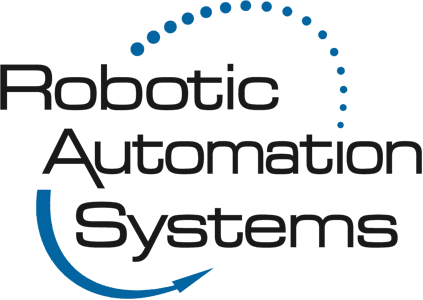Exploring the Benefits of Collaborative Robots
Exploring The Advantages of Collaborative Robots
In recent years, industrial automation has witnessed a groundbreaking technological advancement: the introduction of collaborative robots, commonly known as cobots. These intelligent machines can work safely alongside human workers, bringing many benefits to the manufacturing sector. At Robotic Automation Systems, we will explore the advantages of collaborative robots and how they are revolutionizing the way industries operate.
Enhanced Safety
One of the most significant benefits of collaborative robots is their ability to ensure the safety of human workers. Unlike traditional industrial robots, which require separate safety barriers to keep human employees at a distance, cobots are designed to work alongside humans. They are equipped with advanced sensors and vision systems that enable them to detect the presence of humans in their surroundings. Upon detection, cobots can slow down, stop, or change their trajectory, minimizing the risk of collisions and accidents. By enhancing safety in the workplace, collaborative robots instill confidence and peace of mind among employees.
Increased Productivity
Collaborative robots have the potential to increase productivity in manufacturing processes dramatically. These robots are highly versatile and can be programmed to perform various tasks, such as assembly, packaging, and quality control. By automating repetitive and mundane tasks, cobots free up human workers to focus on more complex and value-added activities. This increased efficiency leads to higher production rates, improved throughput, and reduced cycle times. Moreover, cobots can operate around the clock without breaking, enhancing overall productivity.
Flexibility and Adaptability
Traditional industrial robots often require complex programming and integration to perform specific tasks, limiting their flexibility. In contrast, collaborative robots are designed to be easily programmable and adaptable to different production requirements. With intuitive programming interfaces, even workers without extensive technical knowledge can quickly teach cobots new tasks. This flexibility lets companies quickly reconfigure production lines and respond to changing market demands. Businesses can achieve optimal efficiency and agility in their operations by seamlessly integrating cobots into existing workflows.
Cost-Effectiveness
Implementing collaborative robots can yield substantial cost savings for businesses. Cobots are typically more affordable than traditional robots and do not require significant infrastructure modifications or safety barriers. The intuitive programming interfaces reduce the need for specialized programming personnel, making cobots accessible to a broader range of workers. Additionally, these robots have a small footprint, allowing them to operate in tight spaces and maximize floor space utilization. With reduced installation and maintenance costs, collaborative robots offer an attractive return on investment for companies seeking automation solutions.
Improved Employee Satisfaction
Collaborative robots are not intended to replace human workers but rather to augment their capabilities. Cobots relieve workers from monotonous activities by automating repetitive and physically demanding tasks, reducing fatigue, and improving overall job satisfaction. Employees can focus on more intellectually stimulating tasks, enhancing their skill sets and promoting career growth. The introduction of cobots also opens up opportunities for workers to learn and collaborate with these advanced machines, fostering a sense of empowerment and engagement within the workforce.
Revolutionizing Automation
Collaborative robots represent a paradigm shift in the automation field, bringing numerous benefits to industries worldwide. Their enhanced safety features, increased productivity, flexibility, cost-effectiveness, and positive impact on employee satisfaction make them invaluable business assets. As cobots continue to evolve and become more sophisticated, their integration into various sectors will undoubtedly reshape how we work, paving the way for more efficient and harmonious human-robot collaboration.
